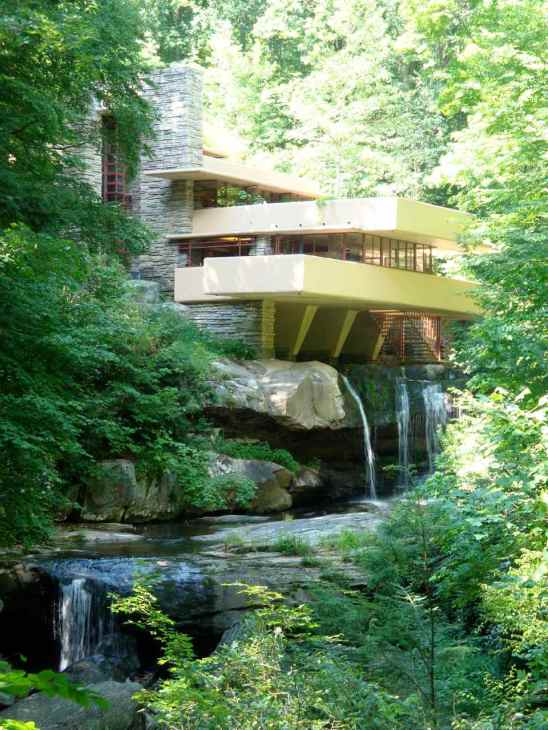Archive for
The Fountainhead
Books on tape (or on ipod in our case), keep us from getting bored on the long drives to the art shows. We’ve been listening to Ayn Rand’s “The Fountainhead”, which has made us pay a whole lot more attention to the architecture around us as well inspired heated discussions about staying true to your art versus bowing to the demands of the market (Howard Roark didn’t have a kid in college). Unless you’re an idealized character in a novel, there is definitely a razor thin balance for an artist between making art that pleases yourself and making art that pleases the people who buy the art. Another kind of annoying thing about this book is the idea that art is necessarily a solitary endeavor. The image of Howard Roark standing alone atop a giant skyscraper kind of perpetuates the romantic idea of the artist in the ivory tower. Collaborative work in “The Fountainhead” is seen as a negative, creating disastrous monsters of buildings. Needless to say, we take exception to that particular idea.
Still, it’s a great read and it inspired a visit to Frank Lloyd Wright’s Fallingwater on our way home from Cleveland.
Howard Roark: “A building has integrity, just as a man and just as seldom! It must be true to its own idea, have its own form, and serve its own purpose!” Can’t argue with those words.
Another building that is really true to the vision of the architect is the Milwaukee Art Museum. The architect is Santiago Calatrava.
These are both spectacular buildings, but we have to admit the guilty pleasure (totally antithetical to a Howard Roark building) of enjoying quirky little houses that we find in old neighborhoods that look like they just popped out of a fantasy novel. These were in Cleveland right outside of Cain Park. Who is going to walk out on that little balcony?
Focusing on the details
The Lakefront Festival of Art is held on the grounds of the Milwaukee Museum of Art, whose motto is, “Where Art Lives”. Well, we practically lived there for three days (crazy long show hours) and had free access to its first rate collection the whole time. What a treat to be able to have the time to really study a painting, then come back and look at it again and see it anew, or discover a theme that runs through the collection. There was time to really look at the details in the paintings. Interesting how different artists depict the ground beneath our feet and how styles, over time, evolve and then seem to go full circle.
Beneath the feet of the Madonna, Flemish 15th century.
Beneath the feet of a Woodgatherer, 1881, Jules Bastien-Lepage
Beneath the feet of farmers in a wheat field, 1906, Maurice de Vlaminck
Delaware Water Gap, 1966, Jack Savitsky








